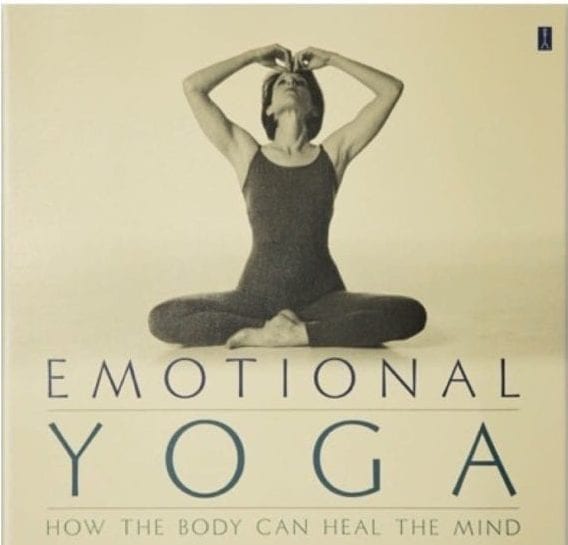
Our emotional, mental and physical health are all intimately connected. Moods and attitudes directly influence our bodies. Unresolved, emotional distress that lingers is toxic and a risk factor to overall health. But when positive and negative emotions are acknowledged, understood, and expressed, they are as valuable as any healing intervention available.
Remember: negative emotions and painful feelings are not dangerous, but burying them can be. Understanding your emotions by feeling them and identifying them lets you recover your emotional autonomy and strength. In my book, Emotional Yoga: How the Body Can Heal the Mind, I explore the spiritual and emotional benefits of traditional yoga practice.
Anything in the dark always seems dangerous at first. But once you get into your body, and out of your mind’s distractions, the darkness will come into the light. You can spend years justifying your feelings or ignoring them, but until you choose to feel them, you will be sitting in the dark.
Emotional Self-Care Techniques to Connect to your Feelings and Help Manage StressDaily life can be stressful. Even emotionally healthy people feel overwhelmed at times. If you’re sad, mad, uncomfortable, or in pain—allow yourself to feel. These emotional self-care ideas and steps can help you re-focus on your mental health.
Begin by giving yourself your full attention. Fully focusing on yourself is the basis to improving your emotional wellness from within.
Step 1: As you give yourself your full attention, become aware of what you feel, as though you are shining a light on yourself. Continue by asking yourself this:
—What am I feeling? or, What am I thinking? or, What did I just do?
Step 2: Use your awareness to identify what you feel. Tell yourself this:
—I am happy because … I am uncomfortable because … I feel some sadness because …
Step 3: Identify what you are experiencing in the present moment. This time make no references to the reasons for your feelings. Let go of the “why.” Simply say to yourself:
—I feel pain; or I feel anxious; or, I feel frustrated; or, I feel pleasure.
Step 4: Now, allow it. Accept what you are feeling as you experience it right now. Do not resist it. Allow it to continue as long as it needs to. If your feelings begin to change, let them change.
Step 5: Breathe with it. Consciously begin to breathe, and at the same time keep feeling what you are feeling. Take gentle deep breaths for a minute or so. Just stay with your breath.
Step 6: After a while, feel the emotion come to a place of balance on its own. What you feel now may be slightly different from when you started. Perhaps you feel a little peace, some contentment, or connection with yourself. Continue to stay with what you are feeling now.
Step 7: Settle it. Simply place your attention on your heart and feel this moment as it is. It’s something that you know, like coming back home. Have a feeling awareness within your entire body. Just effortlessly keep your attention in your body.
That’s it. You can do this process anywhere, anytime, and it takes only a few minutes. Spend as much time on it as you wish, depending on the circumstances and how deep you want to go.
Feel it, and you will feel released. What you are feeling isn’t what’s making you suffer; it’s what you are NOT feeling.
In every moment you have the time to feel, in every feeling you have the chance to heal, and in every person there is the power to feel it!

Find over 60 healing practices for your body and mind.
Get Bija’s book Emotional Yoga: How the Body Can Heal the Mind (Simon & Schuster)

Get cutting-edge info on the latest wellness trends.
Sign up for Bija’s monthly newsletter.
